Why do strawberry leaves turn yellow and what to do?
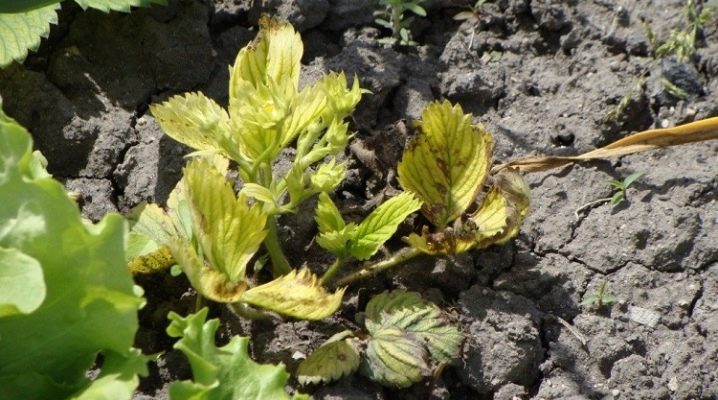
Often, gardeners are faced with such a problem as the yellowness of strawberry leaves. In many cases, they can become stained and wither over time. There are many reasons why this can happen. What to do with this, we will tell you in this article.
The main reasons in agricultural engineering
Mineral deficiency
This is one of the main reasons why strawberry leaves turn yellow actively. It can arise due to some mistakes made during crop rotation. Most often, a strawberry bush is planted where other plants have previously grown that are not suitable for strawberries.
Among such plants, peppers, tomatoes, potatoes and eggplants - all of them pull a lot of useful substances from the ground, which is why strawberries are very short of them later, which noticeably affects its condition. But after legumes, garlic, carrots, radishes and greens, strawberry bushes, on the contrary, grow well.
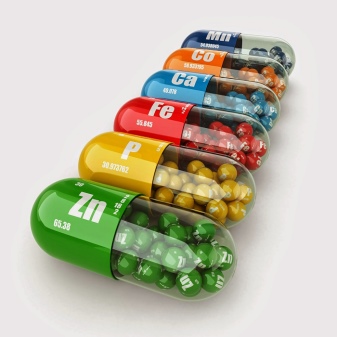
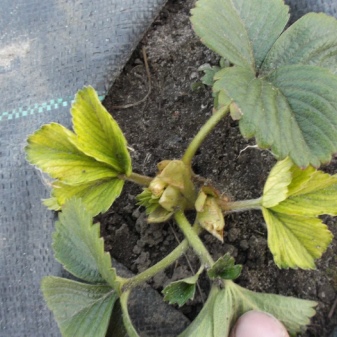
Direct sunlight
Direct rays of the sun actively affect strawberry foliage in summer, which is why it turns yellow and dries up. The sun's rays especially strongly affect young strawberry bushes that have not had time to get stronger, and old ones that are surviving in recent years. Dealing with this problem is not difficult: it is necessary to plant strawberry bushes so that they can stay in the sun and in the shade for the whole day.
If this is not possible, then you can do the shading yourself, for example, by planting a bow nearby.

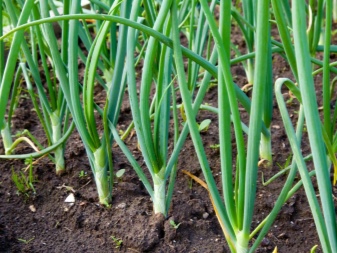
Lack of moisture
Another very common reason why strawberry bushes can turn yellow and dry. Without regular and high-quality watering, it is difficult for a plant to absorb from the soil, even if it is well fertilized, all the nutrients it needs. For this reason, strawberries need to be watered regularly. At the same time, of course, it is not worth overdoing it, this also may not be reflected in the best way on the state of the plant: it may die. In addition, in conditions of high humidity, dangerous fungal diseases develop very actively, especially gray rot, which is not so easy to fight.
It is recommended to water strawberry bushes in the morning, so that the top layer of the earth can dry out in the evening, when the temperature of the air masses drops slightly. On average, it is recommended to spend up to 12 liters of liquid for watering 1 square meter of land planted with strawberry bushes. In addition, so that the earth does not dry out unnecessarily and does not require frequent watering, it is necessary to mulch it with straw, pine needles or cut grass. A thick layer of mulch should be left on until the end of the season.
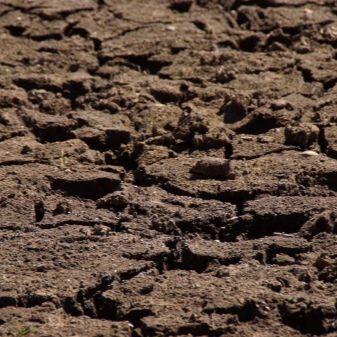

How to get rid of pests?
Pest insects are one of the most common problems. Literally every gardener is faced with it. Yellowing of foliage, as a rule, can cause the following harmful insects:
- raspberry-strawberry weevil;
- penny slobber;
- aphid;
- spider mite;
- strawberry mite;
- nematode;
- Chafer.
All these parasites actively feed on the juices of cultivated plantings, depleting them and affecting the root system, which subsequently affects the state of the plants: the strawberry bush begins to slow down in development, turn yellow, dry and die. This can also affect the taste of berries and their size. In addition, many of the parasites are also carriers of fungal diseases.
It is possible to determine exactly which insect could attack your plant by certain signs. For example, a strawberry mite leaves behind an oily coating on the bush. It usually starts in greenhouses that are poorly ventilated, that is, conditions where high temperature and humidity prevail are favorable for it. The strawberry weevil can be distinguished by its black color and downward-curved proboscis.
It is also easy to understand that aphids attacked the plant. It usually accumulates very actively on the lower part of the leaf blade.
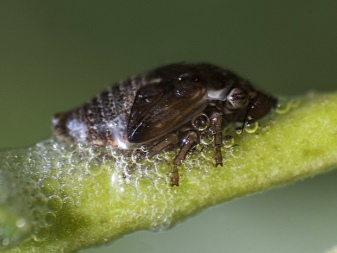
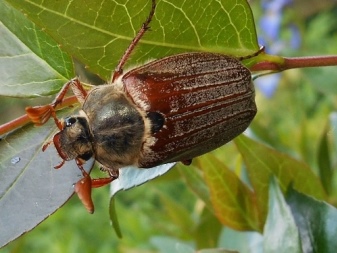
There are several effective ways to control pests.
- To get rid of all these parasites, you can use a drug like Karbofos. But it is worth considering that it will not work to apply it on an ongoing basis. It can only be used before flowering and after picking berries, as it is very toxic.
- Another option for dealing with harmful insects is the use of safe biological agents. Fitoverm is the most popular among them. As a rule, this biological agent is used before flowering. The next two sprays are carried out after 2 weeks.
- It is worth considering that during processing it is necessary to observe safety precautions and use protective equipment. Otherwise, there is a high risk of harm to your health.
- Against harmful insects, the use of folk remedies is also quite allowed. It is best to use products based on birch tar or laundry soap to fight parasites. However, this will only be relevant for preventive purposes or in cases where the parasites have not yet had time to breed. Otherwise, such funds may be useless.
- Less common, but at the same time and effective is this way of fighting parasites, as attracting ladybirds, hoverflies, ground beetles to the site. They can help you get rid of parasites without harming your plants.
- In addition, often, in order to get rid of parasitic insects, the plant is simply destroyed. This often happens with strawberry mites that have had time to breed. In such cases, especially besieged bushes are removed, and the rest are sprayed with special agents.
There are other nuances as well. So, strawberries and raspberries are often affected by the same pests, which can easily move from one plant to another. Therefore, planting them together is not worth it.

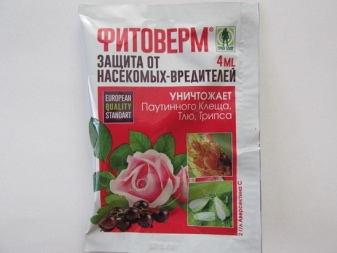
Fight disease
Typically, strawberry foliage begins to turn yellow due to a disease such as chlorosis, which occurs in the spring due to sudden temperature jumps. For a short period, this disease can cause yellowness in most leaves. It should be borne in mind that not the entire leaf turns yellow, but only part of it - this is the hallmark of this disease. It is possible to deal with this disease, but it should be borne in mind that the fruiting of strawberries will have to wait a little longer. Some people struggle with this problem using an easy method, namely, watering the plants with warm water. However, this method is not suitable when it comes to huge areas. In this case, it is best to use film with agrofibre. It should cover the plants at the end of February.
Another disease that can be considered more dangerous is strawberry jaundice, also known as xanthosis. Affected strawberries begin to turn yellow along the edge, then the spots formed on the leaf blade merge into one. The consequence of the disease is crushing and deformation of the leaves. They curl up and their petioles get shorter. At the same time, the fruiting of plants is noticeably reduced, and the taste of the berries deteriorates. Often this disease begins to spread with vegetative planting material.
In addition, it is very actively tolerated by aphids. This disease cannot be treated.Affected bushes are usually removed and burned so that the disease does not spread to healthy strawberries.
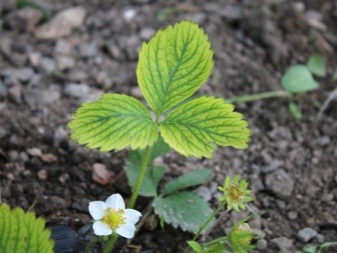
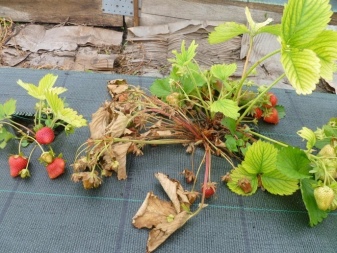
Prevention measures
Compliance with preventive measures can help prevent the occurrence of diseases, the appearance of harmful insects, or suppress their development in the early stages.
- So, first of all, strawberry bushes need to be regularly inspected for the presence of certain problems. This will help you spot disease or pests early on, which will save the strawberries.
- Take good care of the plant, this applies not only to strawberry bushes. First, water regularly, while avoiding excess moisture. Secondly, feed the plant - this will help saturate it with useful substances and make it more resistant to diseases and attacks from parasites.
- Don't forget to get rid of weeds. They are most often the carriers of parasitic insects.
- In the fall, be sure to get rid of dry foliage. It would be best to burn it, since parasites and fungal spores can often hide in it, which are quite capable of surviving the winter and becoming more active in the next season.
- Ventilate frequently when growing strawberries in a greenhouse. Otherwise, there is a high risk of parasites and fungal diseases.
- Preventive treatments should not be discounted either. They can help prevent diseases and harmful insects from occurring. Preventive treatments can be carried out using folk remedies, among them garlic and onion infusion, red pepper infusion, marigold infusion, mustard infusion and a solution based on milk or whey are especially popular.
Disinfection of garden tools also needs to be regularly paid attention to, otherwise there is a great risk of transferring the infection from a sick plant to healthy ones.

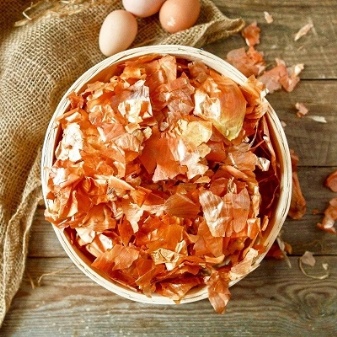













The comment was sent successfully.